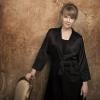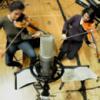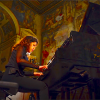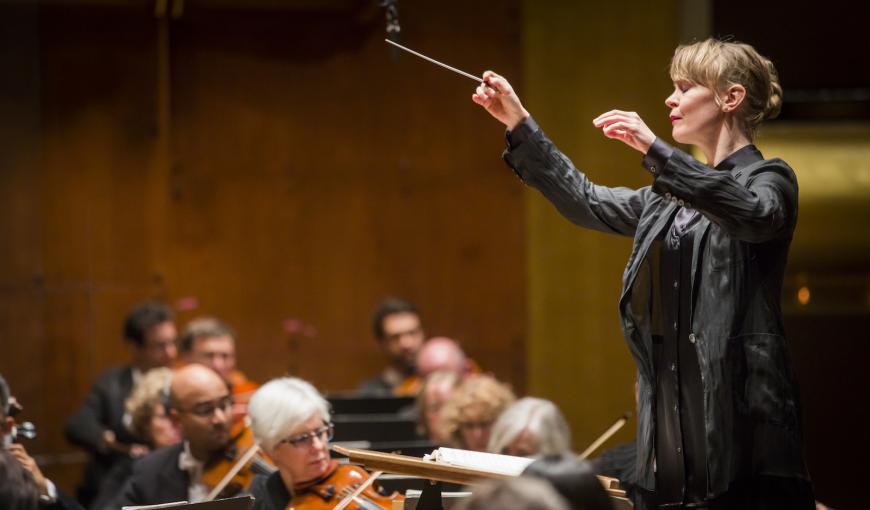
It’s beginning to seem like normal times at Walt Disney Concert Hall.
Having overseen the Los Angeles Philharmonic’s season-opening concerts, the music director steps aside for a while, ushering in the parade of weekly guest conductors who shoulder their share of new music premieres, standard classics, and not-so-standard classics. The pre-concert lectures have resumed as usual; printed programs are back; the LA Phil Store is open for business, if not quite as packed with merchandise as before the pandemic.
Of course, we’re not really out of the COVID era yet, for one cannot enter the building without producing photo ID and proof of vaccination, and masks are required at all times indoors. There is still the unease of having to put up with folks who won’t follow the health protocols — like the fellow sitting directly in front of me who was coughing and sniffling with his mask lowered throughout the first half of Sunday afternoon’s concert (Oct. 31), despite being told by an usher to mask up. Can’t everyone pull together and get this pandemic over with?
Nevertheless, there was plenty of interesting, at times spectacular music-making to concentrate one’s attention, courtesy of the Phil’s adventurous principal guest conductor Susanna Mälkki. She was there to lead the U.S. premiere of Vista, an absorbing new composition written for her by a notable Finnish compatriot, Kaija Saariaho – no stranger to these parts thanks to persistent championing by another fellow Finn, Esa-Pekka Salonen.
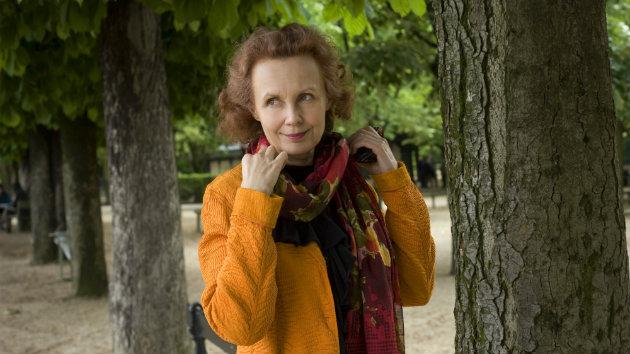
Saariaho writes that Vista was inspired by a drive from Los Angeles to San Diego, with stops at designated “vista points.” It’s not a long drive, only about 120 miles on I-5, one that becomes quite scenic once the freeway meets the Pacific Ocean near Dana Point, looking out at the water and coastal landscape which on a clear day seem endless and timeless. She altered her distinctive sound for the piece, eliminating what she calls her “signature instruments” — the piano, harp, and celesta — and bringing individual wind instruments to the fore.
Yet Vista finds her sonic personality basically intact, the Saariaho sound as viewed through a different prism — same alluring, liquid, shape-shifting texture, particularly in Part One of the 24-minute piece, “Horizons,” where first the winds and then the brasses play and glide and sustain mysteriously. In other words, this leopard can change some of its spots, but it remains a leopard through and through, a beautiful, powerful one. There’s even a line in the texture that sounded similar to a prominent theme in Alexander Scriabin’s The Poem of Ecstasy, which coincidentally or not, happened to be the closing piece on this program.
In the more extroverted Part Two, “Targets,” things happen faster; the sounds are harsher, louder, culminating in a mighty crescendo from everyone in the orchestra in an intoxicating wave before it calms down to a final meditative vista. Mälkki reveled in this sound world with wide, metrical gestures.

The focus then shifted over the Finnish border into Russia, with Italian pianist Beatrice Rana taking on the Tchaikovsky Piano Concerto No. 1. She can play delicately and musically when needed, with a lot of wit and contrast in the Prestissimo interlude to the slow movement. But those thunderous octaves and chords in the outer movements were just a smeared din, heavy on the damper pedal, that got worse toward the close of the finale. Mälkki, however, found expressive things to say in the orchestral backing that is often treated offhandedly, and Rana played Tchaikovsky’s “October” (from The Seasons) simply and plainly as a encore, just in time on the last day of the month.
After intermission, I managed to find an open seat downstairs, which turned out to be a better vantage point from which to be overwhelmed by The Poem of Ecstasy, also known as Scriabin’s Symphony No. 4. Zubin Mehta made a famous recording of this with the LA Phil back in 1967 as part of his first batch of discs in L.A. for Decca, but exciting as that performance was, it was with an orchestra whose level of polish pales beside that of the present crew.
I was struck by the exceptional degree of transparency in the opening minutes — almost like chamber music, only louder — and Mälkki was quick to jump headlong into the first fervent rush with evident delight, enforcing razor-sharp cutoffs later. The huge outpourings of chromatic sound in the penultimate climax and the impassioned final chord made their anticipated impact. You could come close to this effect safe from the pandemic at home with good four-channel surround equipment. But for the full spine-tingling deal, there’s nothing like hearing this live and close-up.


